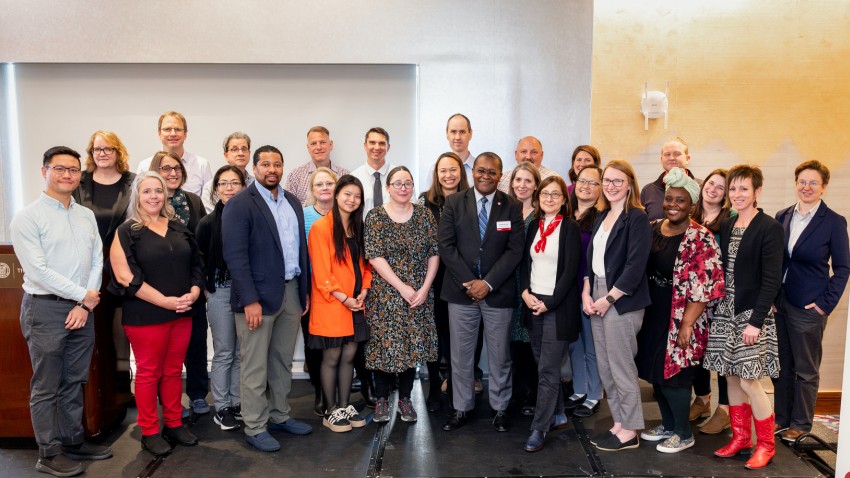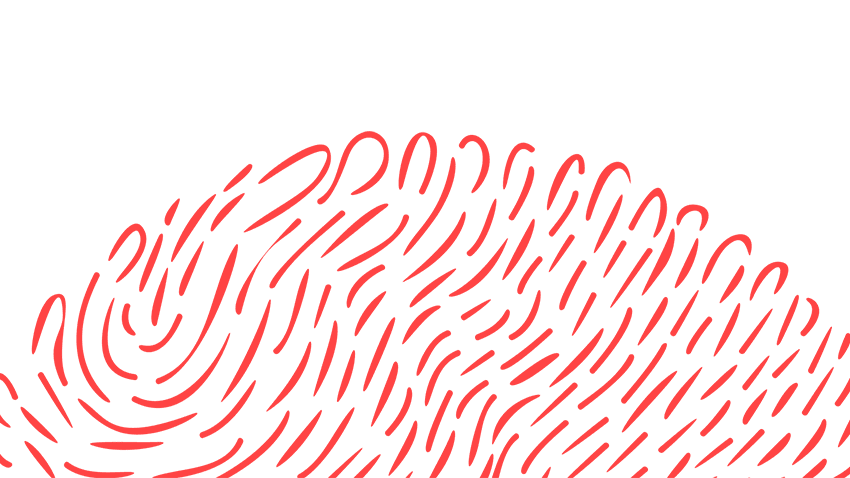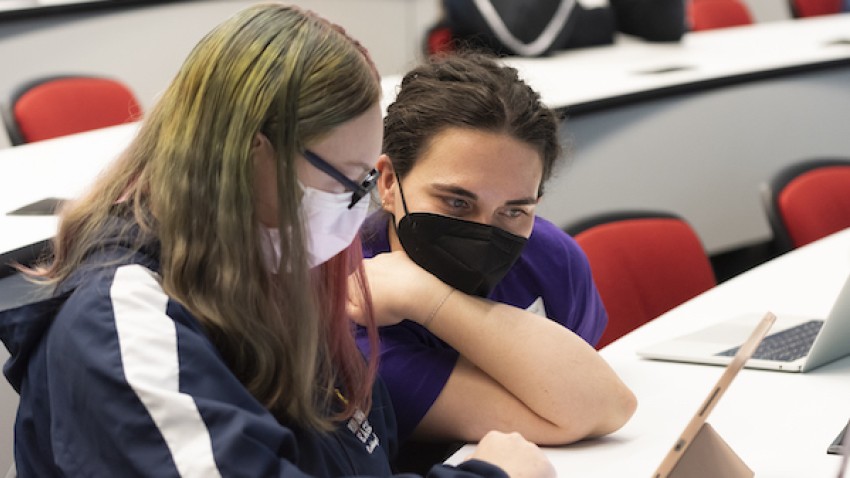
- Graduate Field Affiliations
- Biomedical Engineering
- Biomedical and Biological Sciences
- Neurobiology and Behavior
- Stem Cell Biology (minor)
Biography
Nozomi Nishimura grew up in Tucson, Arizona. She majored in Physics at Harvard College where she worked with Prof. Eric Mazur on femtosecond laser ablation. In graduate school she became interested in neuroscience and worked with Prof. David Kleinfeld at University of California at San Diego. Although still in the Physics Department, her research focused on studying blood flow in the brain of rodents and developing laser-based models of small stroke. She came to Biomedical Engineering at Cornell in 2006 to do a postdoc with Prof. Chris Schaffer. She became an Assistant Professor in Biomedical Engineering in 2013. At Cornell, current research expands the use of in vivo imaging techniques to study a variety of disorders including Alzheimer’s disease, cardiac disease and cancer metastasis. As a postdoc, she was awarded a L’Oreal USA Fellowship for Women in Science, the NIH Ruth L. Kirschstein NRSA Postdoctoral Fellowship, and the American Heart Association Postdoctoral Fellowship and while at UC San Diego, she received a National Science Foundation Graduate Research Fellowship.
Prof. Nishimura is interested in how the vasculature, immune, inflammatory systems and cells native to a tissue interact in disease states. Her lab’s strategy is to develop novel tools to image the contribution of multiple physiological systems to diseases with in vivo animal models. To study these systems at their full complexity in the complete living animal, they use multiphoton microscopy to image cell dynamics in rodents. They also use femtosecond laser ablation and quantitative analysis to dissect function in the living system. In diseases as diverse as cardiovascular disease and cancer metastasis, the microvasculature provides an avenue of access for immune and inflammatory cells. Alterations in blood flow and the invasion of blood-borne cells are examples of complex events which can shape how a disease either progresses or resolves. The lab compares these dynamics across multiple organ systems and diseases.
Research Interests
- Biomedical Imaging and Instrumentation
- Biomedical Engineering
- Bioengineering
- Neuroscience
Teaching Interests
Our lab is interested in studying the contribution of multiple physiological systems to disease initiation and progression, with applications in neurodegenerative disease, cardiovascular disease, and cancer. We would like to understand how the vascular, immune, inflammatory systems and cells native to a tissue interact in these diseases. A major challenge in such work is that model systems such as cell culture or even organotypic tissue culture cannot fully recapitulate all the different cell types involved in disease, so in vivo studies are required. However, it is experimentally difficult to study and manipulate cell-level dynamics in live animals. Recently, we have worked to develop technologies such as improved imaging using multiphoton microscopy that work in whole animals and have sufficient spatial and temporal resolution to quantify cellular dynamics. We also now have tools, femtosecond laser ablation, to produce targeted disruption with cellular-scale precision. We used these tools to piece together a picture of how occlusion or hemorrhage of small blood vessels in the brain affects the health and function of nearby neurons, and thus contributes to cognitive decline. The goal of our work is to continue to use such capabilities to unravel the interaction of various physiological systems in diseases, with special interests in Alzheimer’s disease, cancer metastasis, and cardiac blood flow.
Select Publications
-
Lee FK, Lee JC, Shui B, Reining S, Jibilian M, Small DM, Jones JS, Allan-Rahill NH, Lamont MR, Rizzo MA, Tajada S, Navedo MF, Santana LF, Nishimura N, Kotlikoff MI. Genetically engineered mice for combinatorial cardiovascular optobiology. Elife. 2021 Oct 29;10. doi: 10.7554/eLife.67858. PubMed PMID: 34711305; PubMed Central PMCID: PMC8555989.
-
Zhang Y, Bander ED, Lee Y, Muoser C, Schaffer CB, Nishimura N. Microvessel occlusions alter amyloid-beta plaque morphology in a mouse model of Alzheimer’s disease, J Cereb Blood Flow Metab. 2019 Nov 19:271678X19889092. doi: 10.1177/0271678X19889092. PMID: 31744388
-
Jones J, Small D, Tendler I, Nishimura N, In vivo calcium imaging and motion quantification in murine heart with multiphoton microscopy, Front Physiol. 2018 Jul 31;9:969. doi: 10.3389/fphys.2018.00969. eCollection 2018. PubMed PMID: 30108510; PubMed Central PMCID: PMC6079295.
-
D. Small, J. Jones, I. Tendler, P. Miller, A. Ghetti, and N. Nishimura, Label-free imaging of atherosclerotic plaques using third-harmonic generation microscopy, Biomed. Opt. Express 9, 214-229 (2018).
-
Nishimura, Nozomi, C.B. Schaffer, B. Friedman, P.S. Tsai, P.D. Lyden, D. Kleinfeld. 2006. Targeted insult to individual subsurface cortical blood vessels using ultrashort laser pulses: Three models of stroke. Nature methods 3 (99).
Select Awards and Honors
- Fellow, American Institute of Medical and Biological Engineers (AIMBE) 2024
- James M. and Marsha D. McCormick Award for Outstanding Advising of First-Year Engineering Students in Cornell Engineering 2020
- Cook Award, for commitment to women’s issues and improving the climate for women at Cornell 2016
- NSF Career Award 2015
- Optical Society of America, Rising Stars (Women in Optics) 2014
Education
- B.A., Physics, Harvard University 1999
- Ph.D., Physics, University of California, San Diego, 2006





